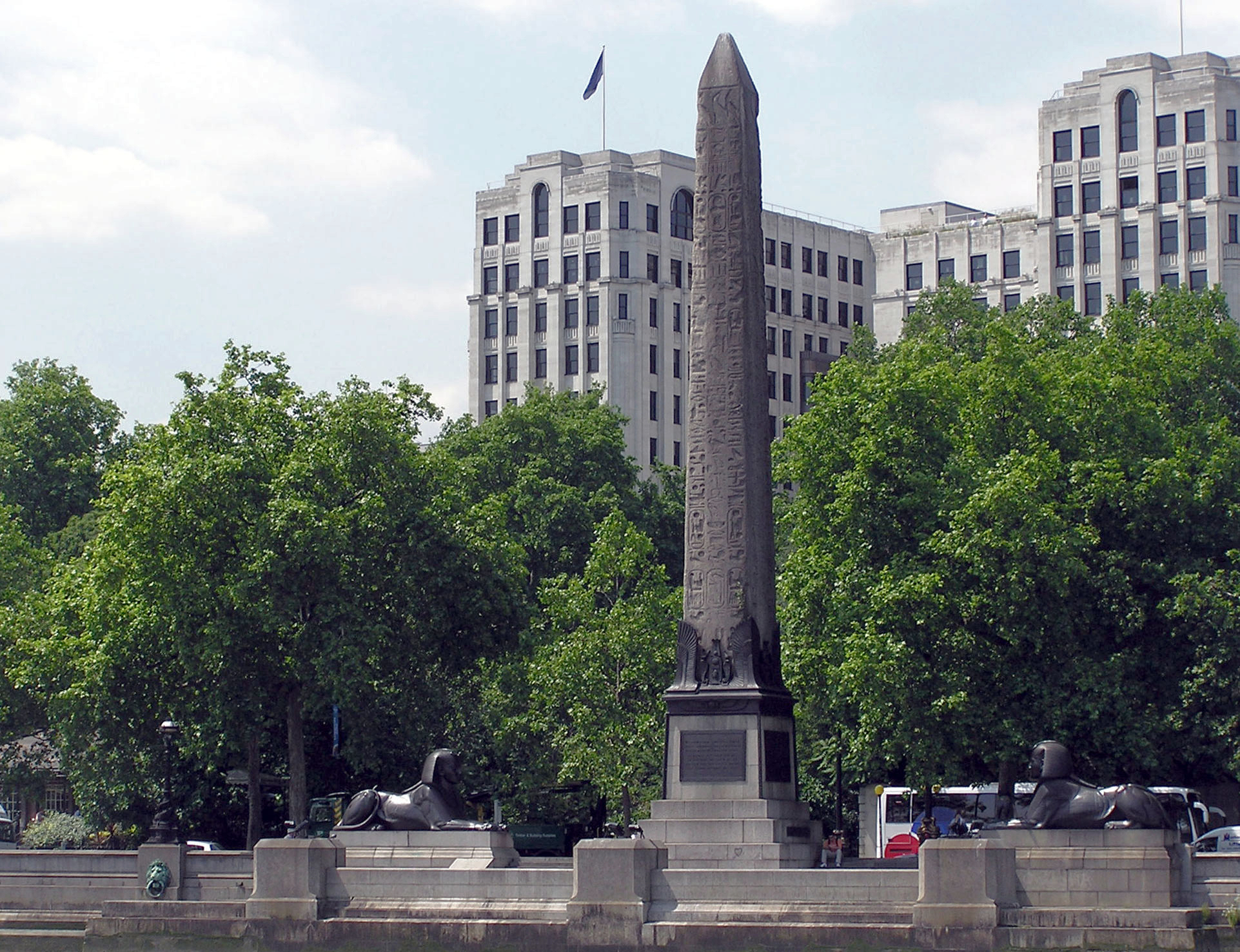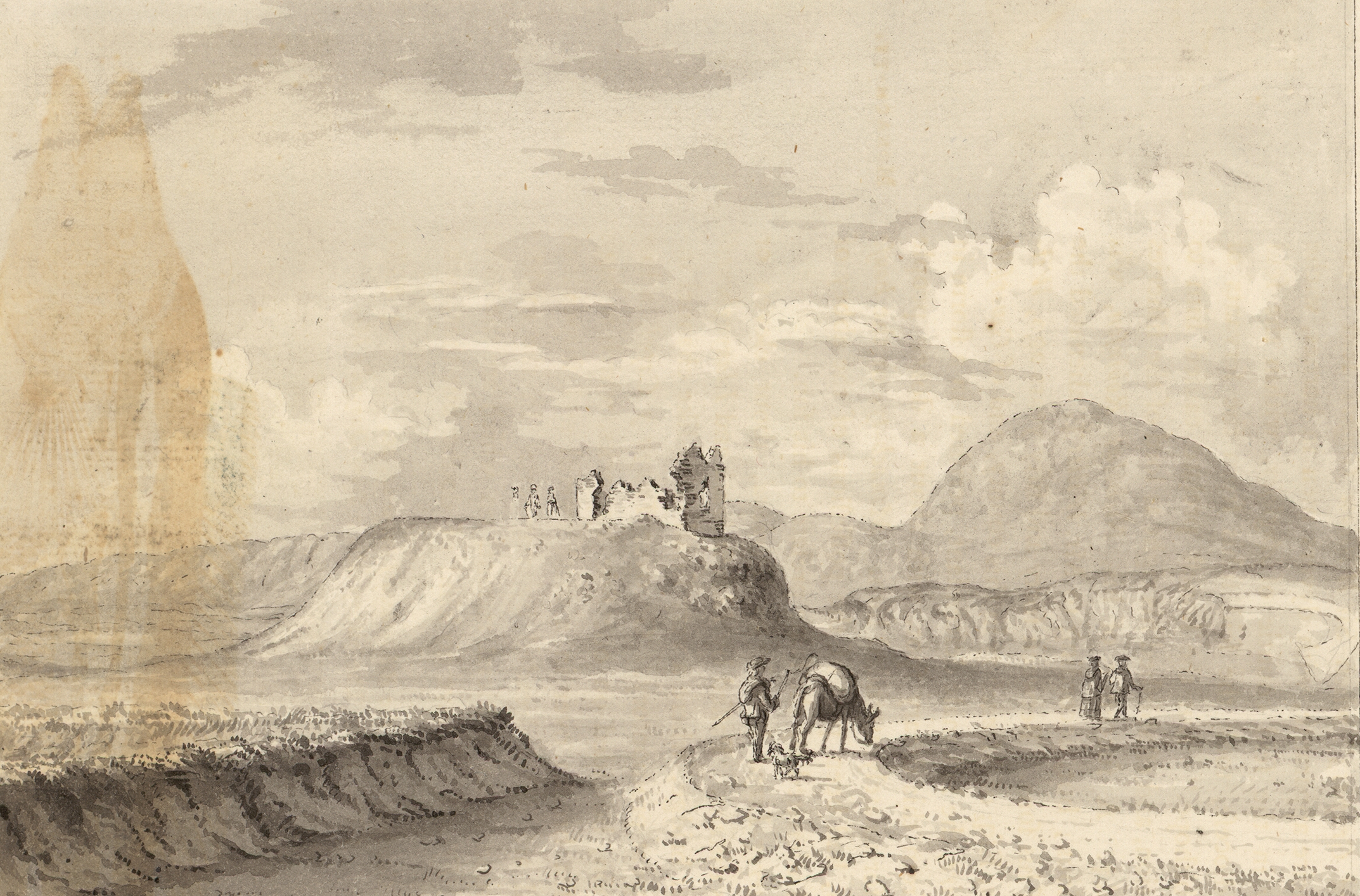|
Sir Benjamin Baker
Sir Benjamin Baker (31 March 1840 – 19 May 1907) was an eminent English civil engineer who worked in mid to late Victorian era. He helped develop the early underground railways in London with Sir John Fowler, but he is best known for his work on the Forth Bridge. He made many other notable contributions to civil engineering, including his work as an expert witness at the public inquiry into the Tay Rail Bridge disaster. Later, he helped design and build the first Aswan dam. Early life and career He was born in Keyford, which is now part of Frome, Somerset in 1840, the son of Benjamin Baker, principal assistant at Tondu Ironworks, and Sarah Hollis. There is a plaque on their house in Butts Hill. He was educated at Cheltenham Grammar School and, at the age of 16, became an apprentice at Messrs Price and Fox at the Neath Abbey Iron Works. After his apprenticeship he spent two years as an assistant to Mr. W.H. Wilson. Later, he became associated with Sir John Fowler in Lond ... [...More Info...] [...Related Items...] OR: [Wikipedia] [Google] [Baidu] |
Frome
Frome ( ) is a town and civil parish in eastern Somerset, England. The town is built on uneven high ground at the eastern end of the Mendip Hills, and centres on the River Frome. The town, about south of Bath, is the largest in the Mendip district of Somerset and is part of the parliamentary constituency of Somerton and Frome. The population was 28,559 in 2021. Frome was one of the largest towns in Somerset until the Industrial Revolution, and was larger than Bath from AD 950 until 1650. The town first grew due to the wool and cloth industry; it later diversified into metal-working and printing, although these have declined. The town was enlarged during the 20th century but retains a large number of listed buildings, and most of the centre falls within a conservation area. In the 2011 census, the population was given as 26,203. The town has road and rail transport links and acts as an economic centre for the surrounding area. It provides a centre for cultural and sportin ... [...More Info...] [...Related Items...] OR: [Wikipedia] [Google] [Baidu] |
Thames Embankment
The Thames Embankment is a work of 19th-century civil engineering that reclaimed marshy land next to the River Thames in central London. It consists of the Victoria Embankment and Chelsea Embankment. History There had been a long history of failed proposals to embank the Thames in central London. Embankments along the Thames were first proposed by Christopher Wren in the 1660s, then in 1824 former soldier and aide to George IV, Sir Frederick Trench suggested an embankment known as 'Trench's Terrace' from Blackfriars to Charing Cross. Trench brought a bill to Parliament which was blocked by river interests. In the 1830s, the painter John Martin promoted a version, as realised later, to contain an intercepting sewer. In January 1842 the City Corporation backed a plan designed by James Walker but which was dropped due to government infighting. The government itself built the Chelsea Embankment in 1854 from Chelsea Hospital to Millbank. Started in 1862, the Victoria Embankmen ... [...More Info...] [...Related Items...] OR: [Wikipedia] [Google] [Baidu] |
Tay Bridge Disaster
The Tay Bridge disaster occurred during a violent storm on Sunday 28 December 1879, when the first Tay Rail Bridge collapsed as a North British Railway (NBR) passenger train on the Edinburgh to Aberdeen Line from Burntisland bound for its final destination of Dundee passed over it, killing all aboard. The bridge—designed by Sir Thomas Bouch—used lattice girders supported by iron piers, with cast iron columns and wrought iron cross-bracing. The piers were narrower and their cross-bracing was less extensive and robust than on previous similar designs by Bouch. Bouch had sought expert advice on wind loading when designing a proposed rail bridge over the Firth of Forth; as a result of that advice he had made no explicit allowance for wind loading in the design of the Tay Bridge. There were other flaws in detailed design, in maintenance, and in quality control of castings, all of which were, at least in part, Bouch's responsibility. Bouch died less than a year after the disast ... [...More Info...] [...Related Items...] OR: [Wikipedia] [Google] [Baidu] |
Edward VII Of The United Kingdom
Edward VII (Albert Edward; 9 November 1841 – 6 May 1910) was King of the United Kingdom of Great Britain and Ireland and Emperor of India, from 22 January 1901 until his death in 1910. The second child and eldest son of Queen Victoria and Prince Albert of Saxe-Coburg and Gotha, and nicknamed "Bertie", Edward was related to royalty throughout Europe. He was Prince of Wales and heir apparent to the British throne for almost 60 years. During the long reign of his mother, he was largely excluded from political influence and came to personify the fashionable, leisured elite. He travelled throughout Britain performing ceremonial public duties and represented Britain on visits abroad. His tours of North America in 1860 and of the Indian subcontinent in 1875 proved popular successes, but despite public approval, his reputation as a playboy prince soured his relationship with his mother. As king, Edward played a role in the modernisation of the British Home Fleet and the reorganis ... [...More Info...] [...Related Items...] OR: [Wikipedia] [Google] [Baidu] |
Cantilever Bridge
A cantilever bridge is a bridge built using structures that project horizontally into space, supported on only one end (called cantilevers). For small footbridges, the cantilevers may be simple beam (structure), beams; however, large cantilever bridges designed to handle road or rail traffic use trusses built from structural steel, or box girders built from prestressed concrete. The steel truss cantilever bridge was a major engineering breakthrough when first put into practice, as it can span distances of over , and can be more easily constructed at difficult crossings by virtue of using little or no falsework. Origins Civil engineer, Engineers in the 19th century understood that a bridge that was continuous across multiple supports would distribute the loads among them. This would result in lower stresses in the girder or truss and meant that longer spans could be built. Several 19th-century engineers patented continuous bridges with hinge points mid-span. The use of a hing ... [...More Info...] [...Related Items...] OR: [Wikipedia] [Google] [Baidu] |
William Arrol
Sir William Arrol (13 February 1839 – 20 February 1913) was a Scottish civil engineer, bridge builder, and Liberal Unionist Party politician. Career The son of a spinner, Arrol was born in Houston, Renfrewshire, and started work in a cotton mill at only 9 years of age. He started training as a blacksmith by age 13, and went on to learn mechanics and hydraulics at night school. In 1863 he joined a company of bridge manufacturers in Glasgow, but by 1872 he had established his own business, the Dalmarnock Iron Works, in the east end of the city. The business evolved to become Sir William Arrol & Co., a large international civil engineering business. Projects undertaken by the business under his leadership included the replacement for the Tay Bridge (completed in 1887), the Forth Bridge (completed in 1890) and Tower Bridge (completed in 1894). He was also contracted by the Harland and Wolff Shipyard, Belfast, to construct a large gantry (known as the Arrol Gantry) for the const ... [...More Info...] [...Related Items...] OR: [Wikipedia] [Google] [Baidu] |
Manhattan
Manhattan (), known regionally as the City, is the most densely populated and geographically smallest of the five boroughs of New York City. The borough is also coextensive with New York County, one of the original counties of the U.S. state of New York. Located near the southern tip of New York State, Manhattan is based in the Eastern Time Zone and constitutes both the geographical and demographic center of the Northeast megalopolis and the urban core of the New York metropolitan area, the largest metropolitan area in the world by urban landmass. Over 58 million people live within 250 miles of Manhattan, which serves as New York City’s economic and administrative center, cultural identifier, and the city’s historical birthplace. Manhattan has been described as the cultural, financial, media, and entertainment capital of the world, is considered a safe haven for global real estate investors, and hosts the United Nations headquarters. New York City is the headquarters of ... [...More Info...] [...Related Items...] OR: [Wikipedia] [Google] [Baidu] |
Elevated Railroad
An elevated railway or elevated train (also known as an el train for short) is a rapid transit railway with the tracks above street level on a viaduct or other elevated structure (usually constructed from steel, cast iron, concrete, or bricks). The railway may be broad-gauge, standard-gauge or narrow-gauge railway, light rail, monorail, or a suspension railway. Elevated railways are normally found in urban areas where there would otherwise be multiple level crossings. Usually, the tracks of elevated railways that run on steel viaducts can be seen from street level. History The earliest elevated railway was the London and Greenwich Railway on a London Bridge-Greenwich Railway Viaduct, brick viaduct of 878 arches, built between 1836 and 1838. The first of the London and Blackwall Railway (1840) was also built on a viaduct. During the 1840s there were other plans for elevated railways in London that never came to fruition. From the late 1860s onward, elevated railways becam ... [...More Info...] [...Related Items...] OR: [Wikipedia] [Google] [Baidu] |
A Street Railway In New York - 1876 Engraving
A, or a, is the first letter and the first vowel of the Latin alphabet, Latin alphabet, used in the English alphabet, modern English alphabet, the alphabets of other western European languages and others worldwide. Its name in English is English alphabet#Letter names, ''a'' (pronounced ), plural English alphabet#Letter names, ''aes''. It is similar in shape to the Greek alphabet#History, Ancient Greek letter alpha, from which it derives. The Letter case, uppercase version consists of the two slanting sides of a triangle, crossed in the middle by a horizontal bar. The lowercase version can be written in two forms: the double-storey a and single-storey ɑ. The latter is commonly used in handwriting and fonts based on it, especially fonts intended to be read by children, and is also found in italic type. In English grammar, "English articles, a", and its variant "English articles#Indefinite article, an", are Article (grammar)#Indefinite article, indefinite articles. History ... [...More Info...] [...Related Items...] OR: [Wikipedia] [Google] [Baidu] |
Thomas Bouch
Sir Thomas Bouch (; 25 February 1822 – 30 October 1880) was a British railway engineer. He was born in Thursby, near Carlisle, Cumberland, and lived in Edinburgh. As manager of the Edinburgh and Northern Railway he introduced the first roll-on/roll-off train ferry service in the world. Subsequently as a consulting engineer, he helped develop the caisson and popularised the use of lattice girders in railway bridges. He was knighted after the successful completion of the first Tay Railway Bridge, but his reputation was destroyed by the subsequent Tay Bridge disaster, in which 75 people are believed to have died as a result of defects in design, construction and maintenance, for all of which Bouch was held responsible. He died within 18 months of being knighted. Early career Bouch's father (a retired sea-captain) kept the Ship Inn at Thursby and Thomas was educated locally (Thursby and then Carlisle) before at the age of 17 beginning his civil engineering career as assistant ... [...More Info...] [...Related Items...] OR: [Wikipedia] [Google] [Baidu] |




.jpg)


